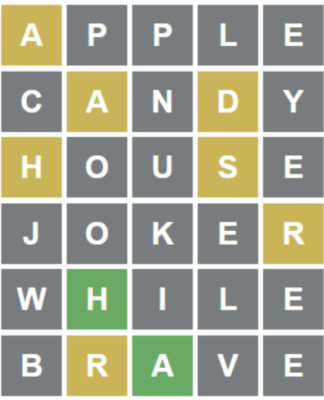With billions of letters sent per year in the UK alone, the question of the most important historical letter in the world is a subjective one. We’ll look at what is believed to be the first one ever sent, and other notable correspondence throughout history.
Queen Atossa, Persia, ~500 BC
At the tender age of 28, Atossa ascended to become Queen of Persia in the late 400s. From what historians can piece together, she was said to have sent a letter when she was around 50 years old. Even though there’s no record of this, she is credited with establishing a tradition that is still dearly beloved even in the age of digital communication.
Atossa’s name essentially means ‘educated’, which she certainly was. Able to read and write, this historical letter set an example for her people on the advantages of learning. Strong and influential, historians say that this is what started an industry of writing materials and the document that sparked a global system that we now call the postal service.
Martin Luther King Jr., Birmingham, 1963
MLK Jr. was in jail in Birmingham for organising peaceful protests against segregation. Well before civil rights legislation was drafted, this letter is known as one of the most influential pieces about the benefits of effective civil disobedience.
King may have only had the margins of newspapers and scraps of scratch paper to work with, but what he penned is a tribute to how injustice isn’t just limited to a singular group of people. It’s what motivated King to get out of Atlanta and come to Birmingham in the first place, and his words would eventually be reprinted in hundreds of publications and taught in schools across the country.
Churchill, London, 1940
The Prime Minister was under pressure to make peace with Hitler, lest Great Britain find itself on the wrong side of the war. His private secretary Eliot Crawshay-Williams was particularly insistent, but Churchill was not to be moved.
In fact, he wrote that he was utterly ashamed that his secretary would suggest giving in to Hitler’s demands. This letter seemed to make Churchill certain that he was on the right track by opposing Hitler however he could. What a difference that one decision made in history!
Sassoon, the Battlefield, 1917
The British poet Siegfried Sassoon wrote a letter in 1917 during WWI about how he felt the war was dragging on for no reason. At 31-years-old, he had already earned a medal for valour and been wounded twice in the field. He wrote to military leaders that he would not go back to the trenches to fight in a war that was more about aggression and conquest than defence and freedom.
It caused quite a reaction when the historical letter was reprinted in a Bradford newspaper, and prompted doctors to examine his mental state. This led to his diagnosis of being shell-shocked, and it helped the military and medical industry think differently about what soldiers endure, and what kind of treatments would help them through the stress of war.
The true first letter may always be shrouded in mystery to modern audiences, but there’s a lot to be learned by studying this ancient art of communication. Whether it’s a hand-written invitation to a friend or a persuasive argument against injustice, letters have the power to move, inspire, anger, and cajole. Available to the prince and the pauper alike, historical letters can tell us more about the individual insights that would lead to global events and major attitude shifts.

















